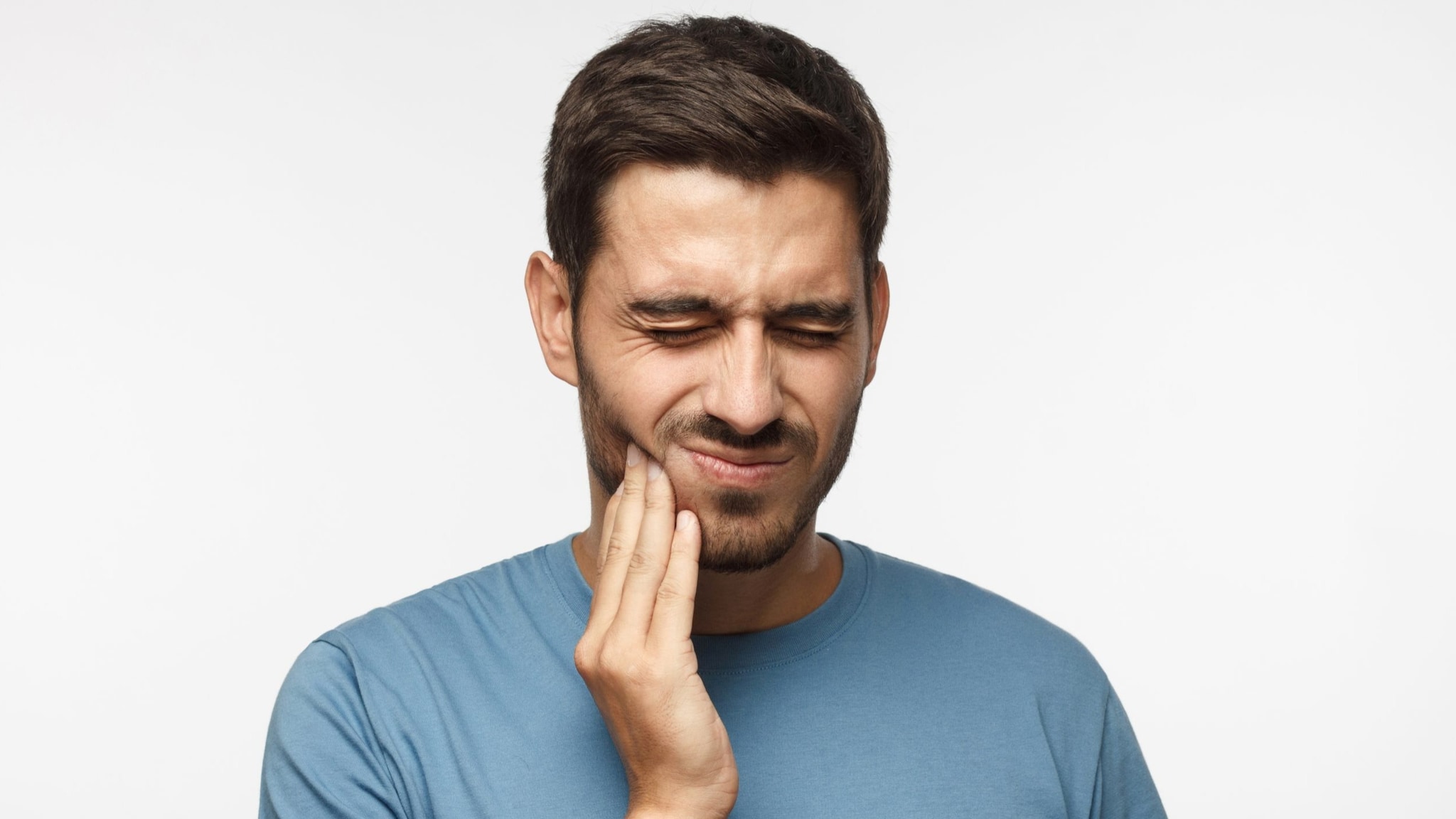Key points
- Most, but not all, people get cavities sometime during their life.
- Some habits can protect you from getting cavities and having pain.
- Keep your teeth for as long as possible by stopping cavities from getting bigger.

Overview
Cavities (also called tooth decay or dental caries) are one of the most common diseases people get and live with during their lifetime.1 Cavities are caused by the bacteria in your mouth that stick to your teeth. You feed the bacteria every time you eat or drink.
The bacteria produce acid which starts to dissolve the outer enamel layer of your teeth. Your saliva clears away the acid and helps to repair the enamel. If the repair isn't fast enough, bacteria get inside your tooth and make cavities. Cavities will get bigger unless the bacteria are stopped or removed.
Symptoms
Cavities cause pain and sensitivity as they get bigger, especially when close to the nerve in the middle of your tooth. If the cavity reaches your nerve it may cause an infection (abscess) that can spread in your body. It is rare, but this can cause death.
You should not experience pain in your mouth or teeth. In children, cavities may lead to problems with eating, speaking, playing, and learning. For people of all ages, cavities that are not stopped lead to tooth loss.
Risk factors
Chances of getting cavities are higher if you:
- Drink or eat things with acid or sugar, especially between meals.
- Take medicine or have problems that lessen how well your saliva protects your teeth.
- Wear braces or other oral appliances.
- Can see your tooth roots.
- Struggle to brush because of vision, cognitive, or physical problems.
Who is at risk
Children
- More than half of children aged 6 to 8 have had a cavity in at least one of their baby (primary) teeth.2
- More than half of adolescents aged 12 to 19 have had a cavity in at least one of their adult teeth.2
- Children aged 5 to 19 years from low-income families are twice as likely (25%) to have cavities, compared with children from higher-income households (11%).3
Adults
- More than 1 in 4 (26%) adults in the United States have untreated cavities.2
- Adults who are low-income, have less than a high school education, are non-Hispanic Black, and are current smokers are 2 times more likely to have untreated cavities than comparison groups.2
Older Adults
Treatment and recovery
You should visit your dentist every year, especially to find any cavities. Your dentist may recommend fluoride or other products to stop small cavities. You may need a filling to fix larger cavities. A tooth with a cavity near the nerve may need a root canal or to be pulled.
Myths and misconceptions
Myth: Baby teeth come out anyway so it doesn't matter if they have cavities.
Fact: Cavities in children can cause pain and may lead to problems with eating, speaking, playing, and learning. Infection from cavities can also hurt adult teeth growing underneath.
Myth: My tooth quit hurting so I don't need to see the dentist.
Fact: Waiting limits the options dentists have to fix large cavities. Cavities grow and, unless stopped, lead to tooth loss. Missing teeth can affect nutrition and lower your quality of life.9
Myth: I'm going to lose my teeth anyway, I should pull my teeth and get dentures.
Fact: More than 4 in 5 adults keep their teeth until they die.4 Missing teeth can make it harder to eat meats, fruits, and vegetables which can lower quality of life.
- U.S. Department of Health and Human Services. Oral Health in America: A Report of the Surgeon General. National Institute of Dental and Craniofacial Research, National Institutes of Health; 2000.
- Centers for Disease Control and Prevention. Oral Health Surveillance Report: Trends in Dental Caries and Sealants, Tooth Retention, and Edentulism, United States, 1999–2004 to 2011–2016. Centers for Disease Control and Prevention, US Dept of Health and Human Services; 2019.
- Dye BA, Xianfen L, Beltrán-Aguilar ED. Selected Oral Health Indicators in the United States 2005–2008. NCHS Data Brief, no. 96, National Center for Health Statistics, Centers for Disease Control and Prevention; 2012.
- Dye BA, Thornton-Evans G, Xianfen L, Iafolla TJ. Dental Caries and Tooth Loss in Adults in the United States, 2011–2012. NCHS Data Brief, no 197, National Center for Health Statistics; 2015.
- Marinho VCC, Worthington HV, Walsh T, et al. Fluoride varnishes for preventing dental caries in children and adolescents. Cochrane Database Syst Rev. 2013; Issue 7. Art. No.: CD002279. DOI: 10.1002/14651858.CD002279.pub2
- Community Preventive Services Task Force. Preventing Dental Caries: Community Water Fluoridation. Accessed November 21, 2023. https://www.thecommunityguide.org/findings/dental-caries-cavities-community-water-fluoridation.html
- Marinho VCC, Higgins JPT, Logan S, et al. Fluoride toothpastes for preventing dental caries in children and adolescents. Cochrane Database Syst Rev. 2003; Issue 1. Art. No.: CD002278. DOI: 10.1002/14651858.CD002278
- Ahovuo-Saloranta A, Forss H, Walsh T, et al. Sealants for preventing dental decay in the permanent teeth. Cochrane Database Syst Rev. 2013;3:CD001830. DOI: 10.1002/14651858.CD001830.pub4
- Dye BA, Tan S, Smith V, et al. Trends in oral health status, United States, 1988–1994 and 1999–2004.Vital Health Stat; 2007; 11(248).
